Advanced Diagnostics and Sensors
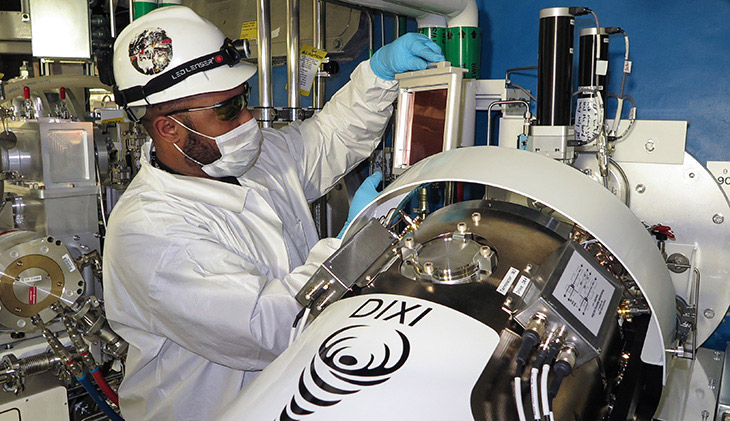
General Atomics has designed and delivered a wide variety of important diagnostic instruments and systems for magnetic and inertial fusion and other applications.
ITER Diagnostics
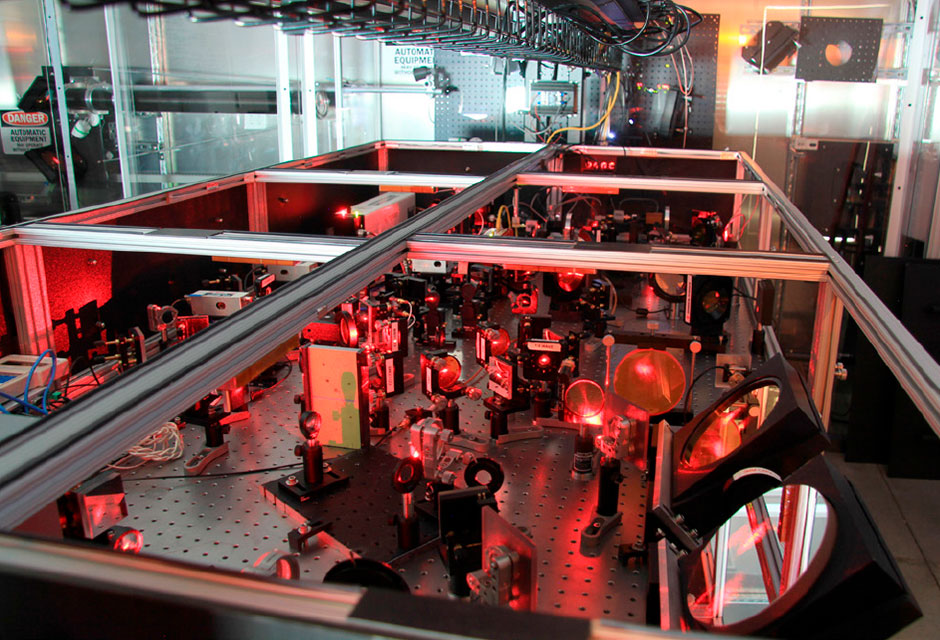
GA is designing an array of diagnostic instruments for the international ITER experiment, which will prove the feasibility of fusion energy. These systems include the ITER Toroidal Interferometer and Polarimeter (TIP), upper Wide Angle Viewing System (uWAVS) and the Low-Field-Side Reflectometer (LFSR). This work is done in collaboration with university partners (UCLA), National Labs (PPPL, LLNL) and local industry (Palomar Scientific Instruments).
TIP provides a robust, high-resolution, steady-state, interferometry and polarimetry solution that can be applied to a wide range of plasma applications.
The LFSR system will use microwave beams to diagnose the ITER plasma during operation. The system will allow ITER scientists and operators to collect data on electron density profiles and fluctuations from the outer edge of the plasma to its core.
The upper Wide Angle Viewing System (uWAVS) consists of five large periscope assemblies that will monitor the lower divertor (the particle and heat exhaust) sector of the interior surface of the ITER tokamak. It includes infrared and visible cameras that will monitor the surface of the tokamak components and relay their status to the operators.
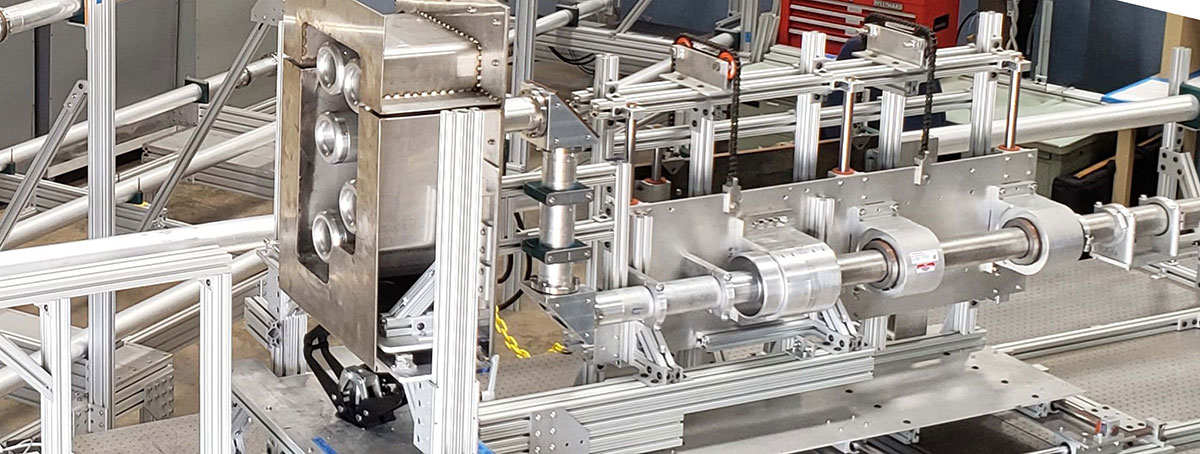
Inertial Fusion Diagnostics
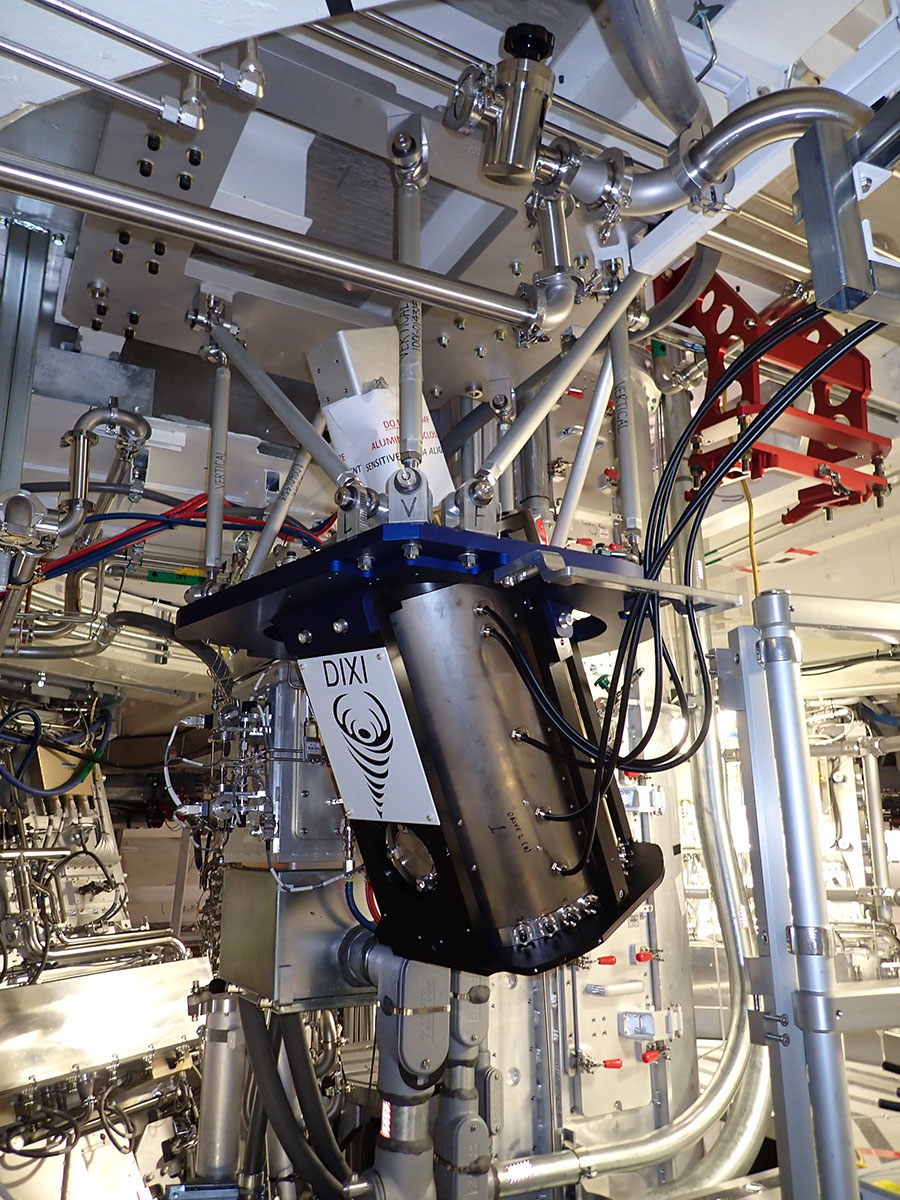
Working with Kentech Instruments, Lawrence Livermore National Laboratory and Sandia National Laboratories, General Atomics has developed a cutting-edge line of high-speed imaging diagnostics. These include the DIXI (Dilation X-ray Imager) installed at the National Ignition Facility (NIF) at LLNL. DIXI is a high-speed x-ray framing camera that uses the pulse-dilation technique to achieve a temporal resolution (shutter speed) of less than 10 ps.
The most recent innovation is a single-line-of-sight (SLOS) imager developed with Kentech, LLNL, Sandia, and the Laboratory for Laser Energetics (LLE) at the University of Rochester. SLOS can capture multiple images with a shutter speed of 25 ps, roughly 100 times faster than previous technology. By capturing multiple images along a single line of sight, the imager allows greatly improved accuracy in radiographs of implosion experiments by eliminating the parallax that exists when taking two images from different angles – previously the only way in which such images could be taken so close together in time.
GA has delivered two versions of the SLOS instrument so far. The SLOS-CBI (Crystal Backlighter Imager) was delivered to LLNL in 2017 and, like DIXI, is in use at the NIF. It began operations in September. SLOS-TRXI (Time Resolved X-ray Imager) was delivered to LLE, and is now operating as part of the OMEGA laser facility (visible in the header image).
DIII-D Diagnostics
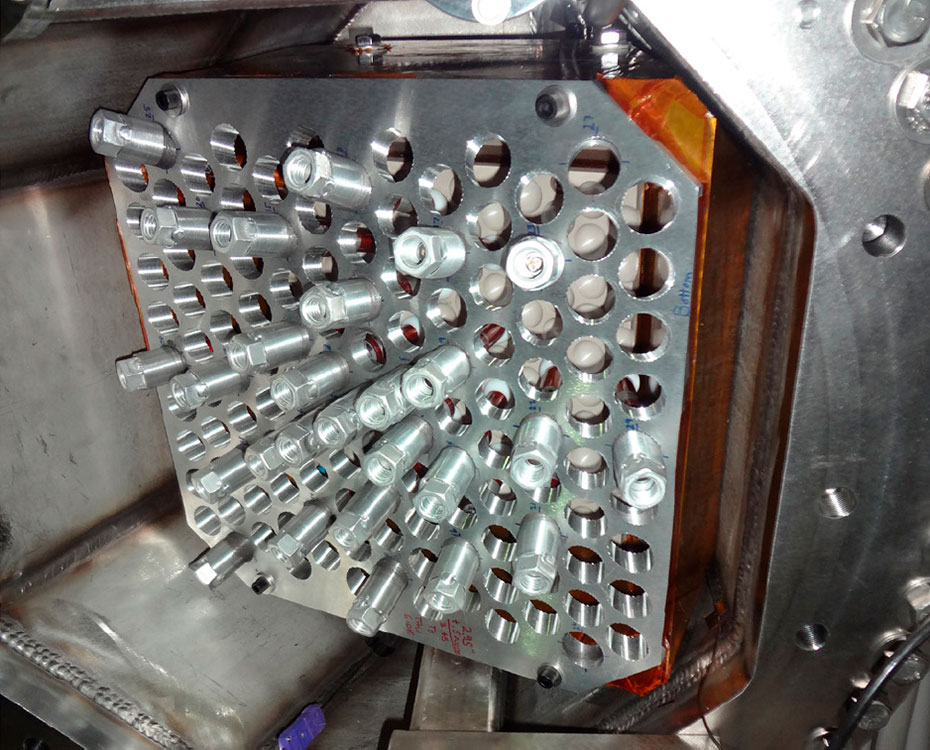
Certain disruptions of a fusion plasma can produce potentially damaging bursts of high-energy "runaway" electrons. As these electrons interact with the fusion plasma, residual gases and tokamak components, they can produce gamma radiation. To gather information about these runaway electrons, GA has developed a gamma-ray imager for DIII-D that can collect data using specialized gamma-ray detectors and a customizable viewing geometry across nearly the entire volume of the tokamak.
Filter Polychromators
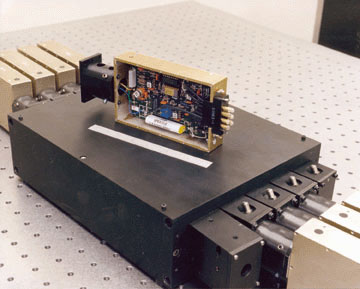
For over 25 years, General Atomics has been making Thomson scattering measurements of high temperature plasmas. With the development of repetitively pulsing Nd:YAG lasers and avalanche photodiode detectors, Thomson scattering measurements have evolved from single point, single time measurements to multipoint, high repetition (over 100 Hz) measurements. For more information, visit the Products page.